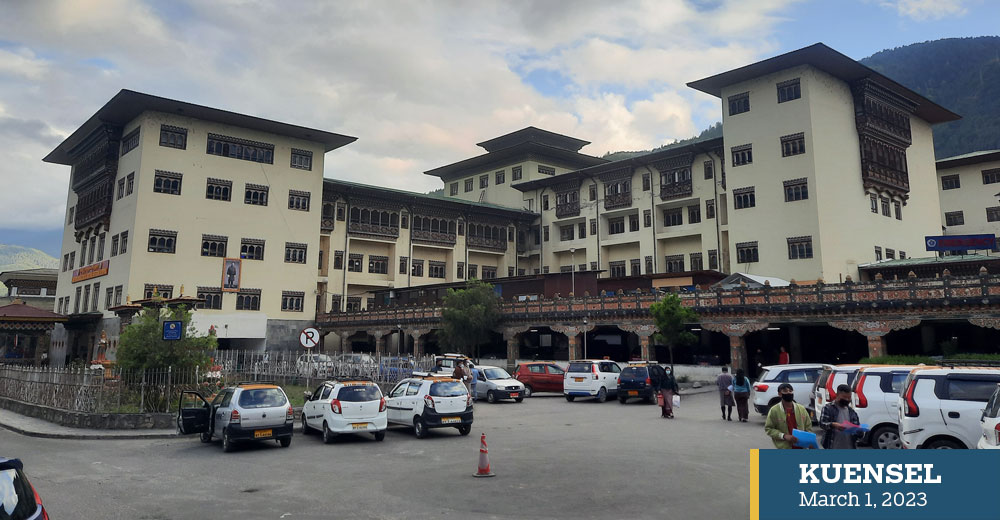Nima Wangdi
It has become normal to find discarded medicines that hospitals provide for free in Bhutanese households.
A Thimphu resident said that paracetamol tablets are prescribed for almost every patient and people don’t want to consume them knowing the side effects of the medicines.
She said paracetamols are given to be consumed only if there is pain or fever but people throw them when the pain subsides.
Dechen, a corporate employee, said that she has some old medicines at home but doesn’t know who brought them. “Most of them are paracetamol tablets.”
She said her relatives bring home different medicines and she doesn’t know what they are for after some time. “I dispose of them when I find them.”
However, a Thimphu resident Dema, said that she does not collect medicines she already has. She said sometimes people dispensing medicines ask if she already has paracetamols. However, uneducated people don’t know what medicines they have.
Health ministry officials said that the use of health facilities is higher among educated and wealthy people. They said it is because uneducated people don’t really understand and appreciate medical services.
“People with slight illness in Thimphu and urban areas ask for a blood test, MRI, and CT scan services,” an official said, adding that some even ask for blood retests,” she said.
Sowai Lyonpo Dechen Wangmo said that people tend not to take care of their medical prescriptions and ask for new ones when they return to the hospital. She said this is because people don’t realise the wastage occurring and it is because they don’t have consumption discipline.
Lyonpo said that the diagnosis of diseases should be left to the technical people but people tend to read everything on Google and ask for services directly.
Lyonpo said that it is important that we think about the sustainability of our health services. “Else we will be in trouble in future.”
Healthcare financing in Bhutan 2018-2020 report showed that the curative services take a larger share of the government spending on health which constituted 54.8 percent and 53.1 percent in each financial year. Preventive care constituted the second major share of expenditure.


